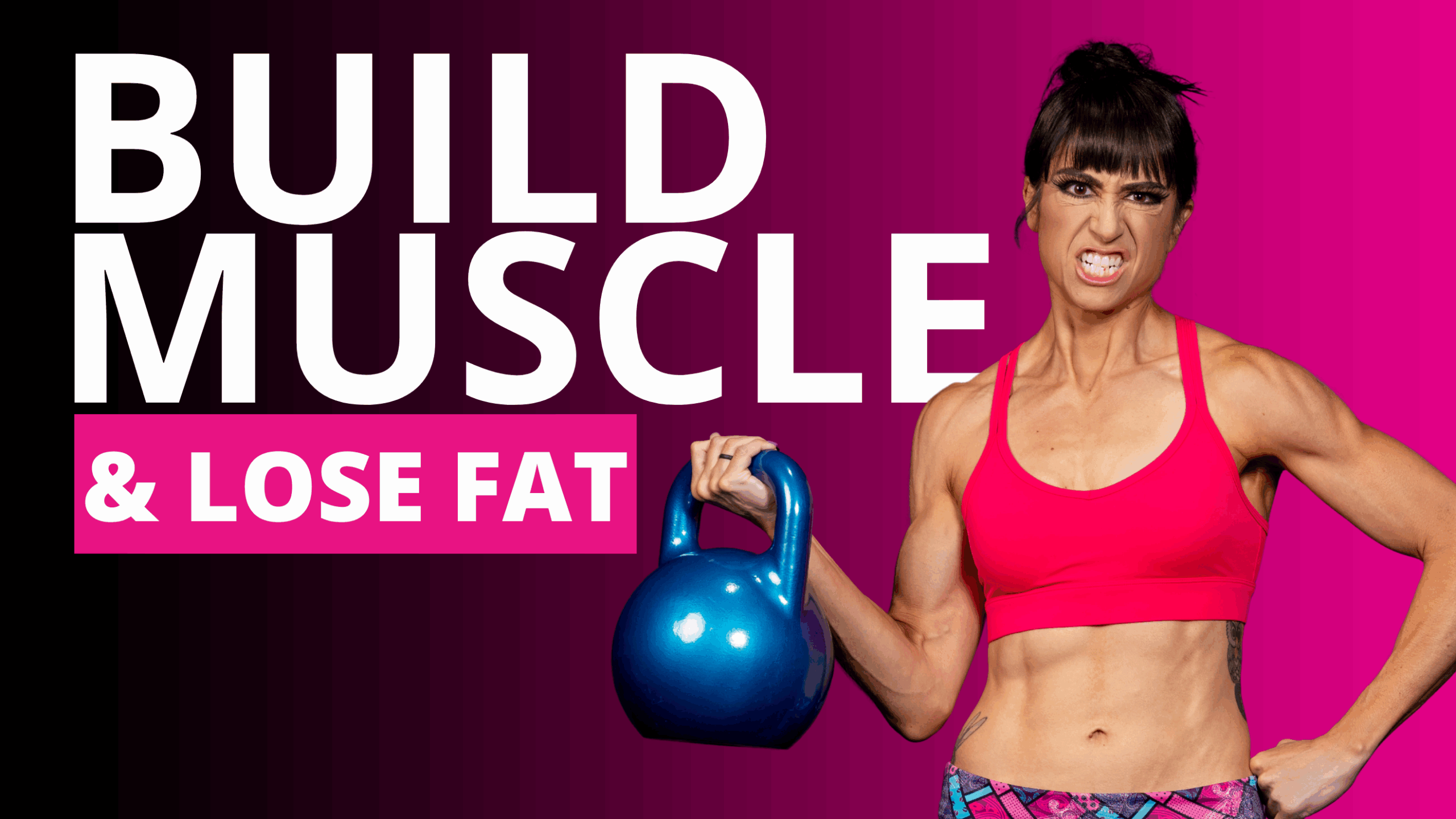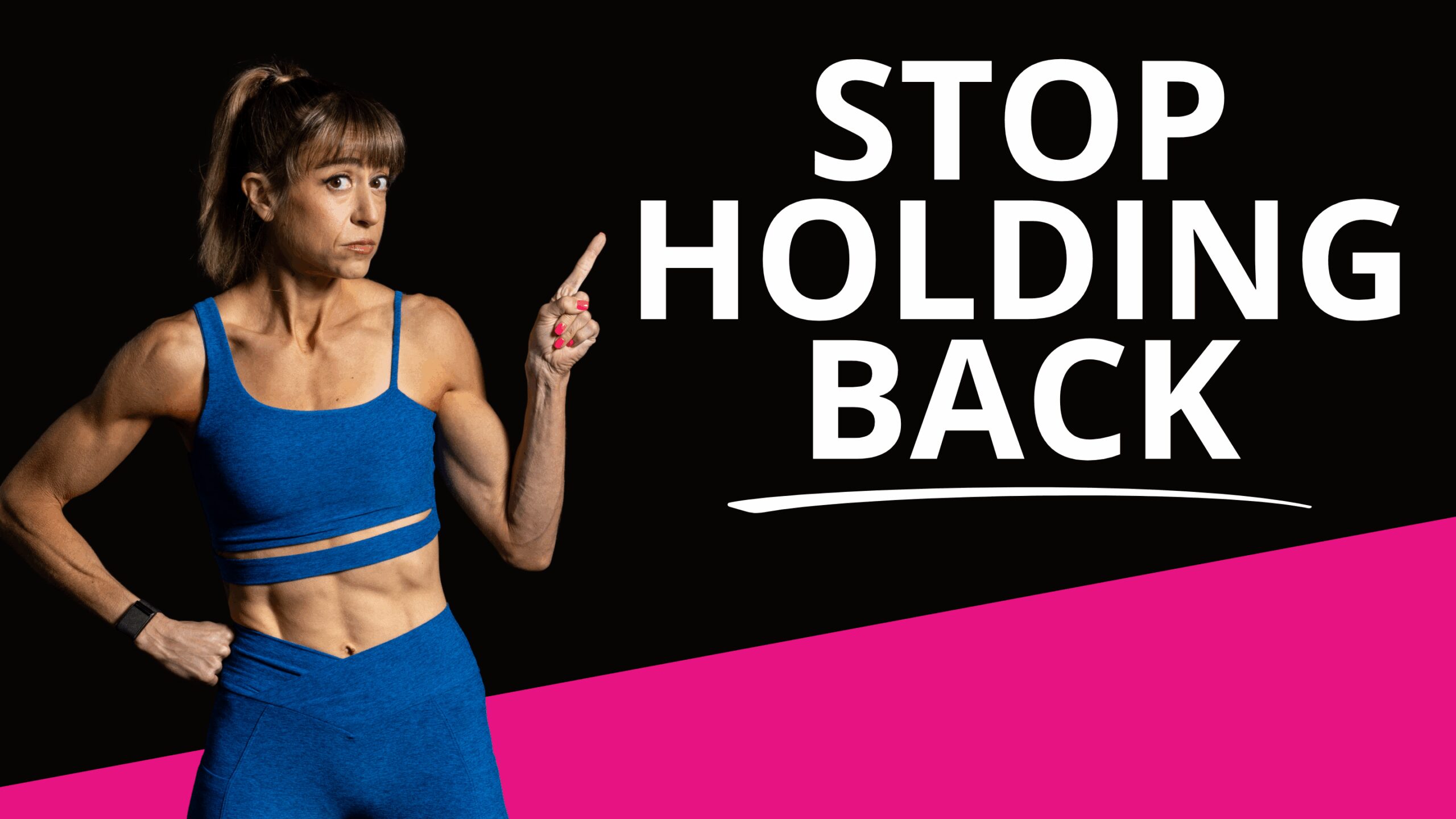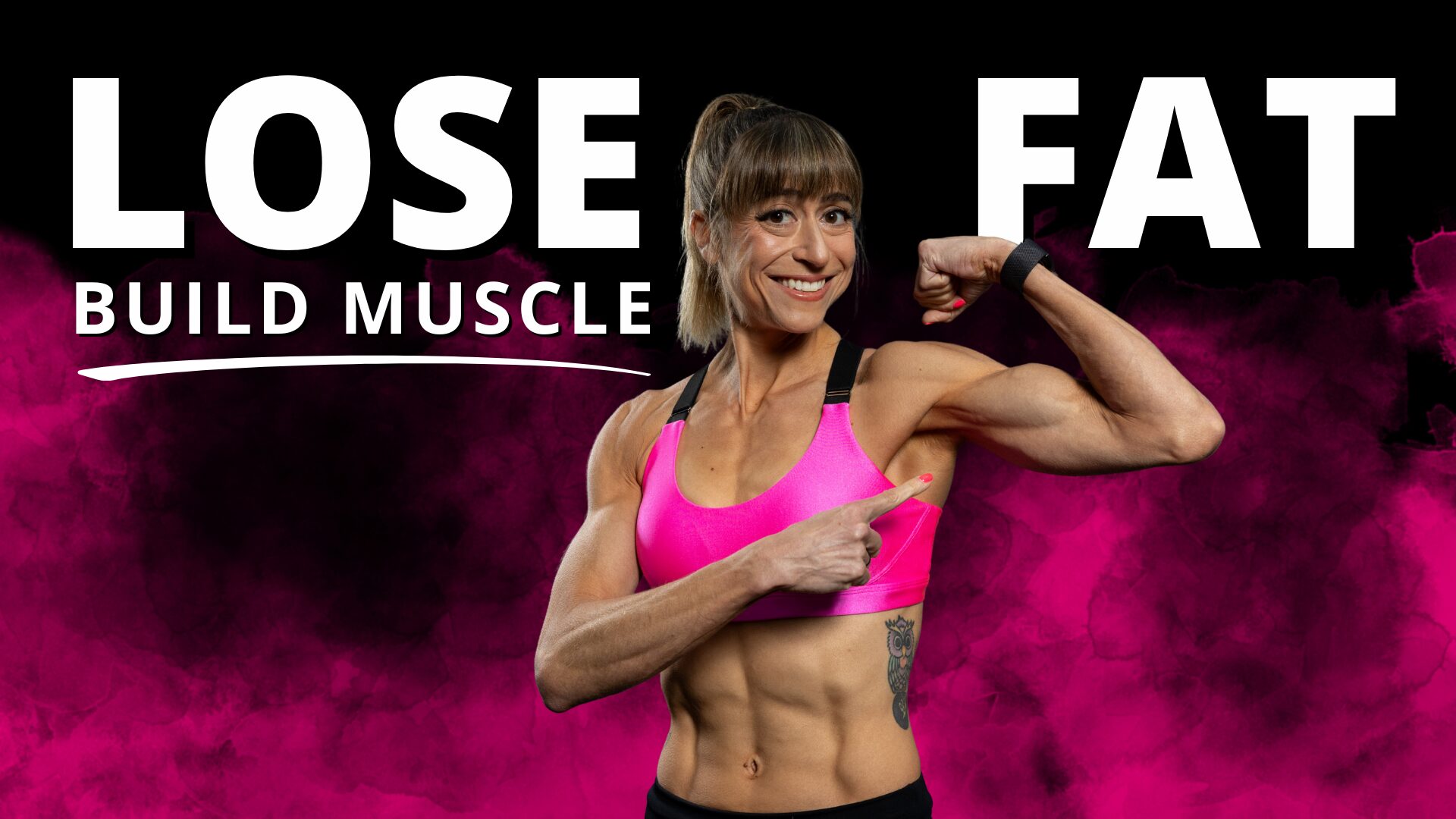Change Requires CHANGE
If you’re feeling stuck and know deep down that you could be doing better, don’t wait any longer. Your life is not going to change until you take action and make a bold move towards your goals. If you’re ready to take control of your life and start moving towards the results you want let us help you achieve your goals. ⬇️
Change Requires CHANGE
If you’re feeling stuck and know deep down that you could be doing better, don’t wait any longer. Your life is not going to change until you take action and make a bold move towards your goals. If you’re ready to take control of your life and start moving towards the results you want let us help you achieve your goals. ⬇️
Transcript:
Open Transcript:
Cori (00:00):
Welcome to the Redefining Strength Podcast. Everything you need to succeed on your health and fitness journey, even the stuff you don’t want to hear. Have you ever thought, I’m gaining muscle, but it feels like my muscle is covered by just that little bit of fluff that won’t seem to budge. I want to explain why we can actually gain muscle before losing fat, even if we’re starting on a weight loss or fat loss journey. And this all comes back to previous poopy dieting practices. Sorry to put it that way, but it’s true. Things that we even thought worked to help us lose the weight in the past might be now why we’re struggling. What do we blame instead? Our age, our lifestyle, our willpower. But often it is the previous dieting practices that have created metabolic adaptations, which are now being, yes, potentially made worse by an unideal hormone environment due to perimenopause or menopause or getting older and seeing more insulin resistance or even less ability to use protein as efficiently or even other lifestyle factors like we’re not as active.
(01:04):
So yes, all these things can compound those metabolic adaptations, but a lot of them have been created by how we’ve dieted in the past and then the way we maintain our weight. And because of this, we can sometimes see when we start to feel properly and implement these proper training and guiding practices, not to say that your things were bad, so to speak, but just potentially misguided or out of alignment with what you needed. This is why we can see ourselves gaining muscle before we actually lose weight, even when we feel like we have 50, 60, 70 plus pounds to lose. And especially with that last little bit, we might find that by gaining muscle, we look leaner. So all this can be incredibly frustrating because a lot of us come in saying, I want the scale to budge and I want it to budge down. And it’s not only not budging at all, but it’s potentially going up.
(01:53):
It’s where you can even see inches being lost, clothing fitting looser in specific areas, a little bit of tone in specific areas, but then other areas not changing at all. And often the areas we want to change the most will be the last to go. So why are we gaining muscle before we’re losing fat? It’s often because when we come in and we’re doing the proper diet practices, the fueling with macros, eating enough, yes, not under fueling and then strength training. We are giving our body all the stimulus that needs to really create that muscle growth. And through that muscle growth, we will build our metabolic grade back up. But so what’s happening is you eating potentially, let’s say 900 a thousand calories before and not losing with increasing calories, you are technically putting your body into a calorie surplus to start because your body has downregulated, other processes, it’s turned off light switches, so to speak, to save energy, and now you’re starting to turn those things back on.
(02:47):
That’s why you’re seeing that muscle come back on. But it’s also why you might see the scale go up a little bit. Things might feel a little bit tighter to start because you’re also going to be storing glycogen and water weight in the muscle tissue that you’re now building. The more muscle you have, the more storage capacity you have. So as you’re increasing your calories, which is why we like to do it slowly, because if you increase it really quickly, you put yourself into a greater calorie surplus from what your body’s functioning off of. But your body will slowly start to rebuild all those processes, turn those light switches back on, use the energy efficiently, and that’s where you might see if your hair hasn’t been growing, your hair start to grow, your nails start to grow, you might start to feel more energized, not that afternoon lull.
(03:23):
You might not wake up at three or 4:00 AM in the morning when you usually find that you do wake up, you might see your stress levels even decrease. All these things can start to change as these processes reregulate, and you start to use the calories as efficiently. And then you might even start to become hungrier as your metabolic rate increases, which might mean that you have to still boost calories. All of this allows you to then build muscle so you can see that muscle coming on while you haven’t yet lost fat because your body doesn’t yet trust that it’s getting the energy and getting it consistently, and it’s still, again, learning to use that calorie surplus. At some point though, you’ll find that you balance out, you start to see those inches really going down. And if you’re lucky, and if your body hasn’t been too adapted for too long because the length of time we’ve spent undereating under fueling, doing the improper practices potentially at our set point, the longer it’s going to take to break that.
(04:12):
But you might find that all of a sudden you are starting to now see that fat loss or the scale go down. So if you’re lucky, that’s great, but if you’ve seen the scale go up or stay still and you’re building muscle vanes and fat, this is why. Okay, so from here, once you’ve rebuilt your calories to a certain point and you’ve been doing the strength training, really pushing that progression, whether adding weights, advancing movements, trying to do a few more reps, even changing up workout designs and different tools and techniques, and you’ve been pushing that muscle growth, you’ve seen those muscle gains, this is where you can then potentially use a small calorie deficit or even adjust your macros further. So in that rebuilding process, high protein is incredibly important. Over 30% I would say is the minimum, but you might even find that in that rebuilding phase, as you’re increasing your calories, your protein is at 40 or 45%.
(04:56):
And part of that is to help avoid gaining fat in the process as much as possible as you’re increasing or putting your body into a calorie surplus before it adapts. But then that will also help you as you start to shift and even see that calorie surplus or once was that surplus become a deficit because as you build lean muscle, as your metabolic processes increase, as you’re turning on more of those light switches using more energy, that once what was a surplus becomes that deficit. So that high protein will then help you preserve that lean muscle mass. And so you want to think about really focusing on protein as you’re increasing the calories before. Then, once you hit sort of that maintenance level calories, you’ve increased ’em at least hopefully 500 from where you were. That’s where you can start to use little mini cuts where you may go into a deficit of even just a hundred to 200, which is a little less than I would usually put someone in for a big mini cut if they’d been eating at maintenance or even in a true surplus for muscle building for a while, and they’ve been at their goal weight.
(05:49):
But you might do a very small surplus for only one to two weeks, which is where the mini cut component comes in with higher protein. But that’s where you can start to use some of the fat loss once you’ve rebuilt, but you’ve got to rebuild, and this is why we can see that muscle coming on. It can be a frustrating process because we’re reversing a lot of what has happened to our body to get our body to function optimally. Okay? So if you’re seeing yourself gain lean muscle, but not yet losing the fat, I know it’s frustrating, and I know you wanted to fall back into all those practices, but that’s only going to make matters worse and worse, and your body composition become worse and worse over the years. You’ve got to embrace building that muscle first to then lose the fat, and you’ve got to embrace increasing calories to then be able to create that deficit.
(06:30):
Otherwise, you’re going to end up eating 600. You body’s going to function off of it. You’re going to have a whole host of things that you see going on that are not good. You’re not going to feel energized. You’ve got to learn to fuel. So if you’ve been gaining muscle and not losing fat, embrace that reverse dieting process, increasing those calories over time, even 50 to a hundred per week for a few weeks. And even then using that higher protein. And you can cycle macros as you stay at different calorie levels to help your body adjust. But it is a slow process. But take those progress pictures, take those measurements, celebrate success in all the other ways so that you can see success leaving clues so that you can then help yourself at the right time, go back into that fat loss phase, but not rush the process.
*Note: This transcript is autogenerated there may be some unintended errors.







0 Comments